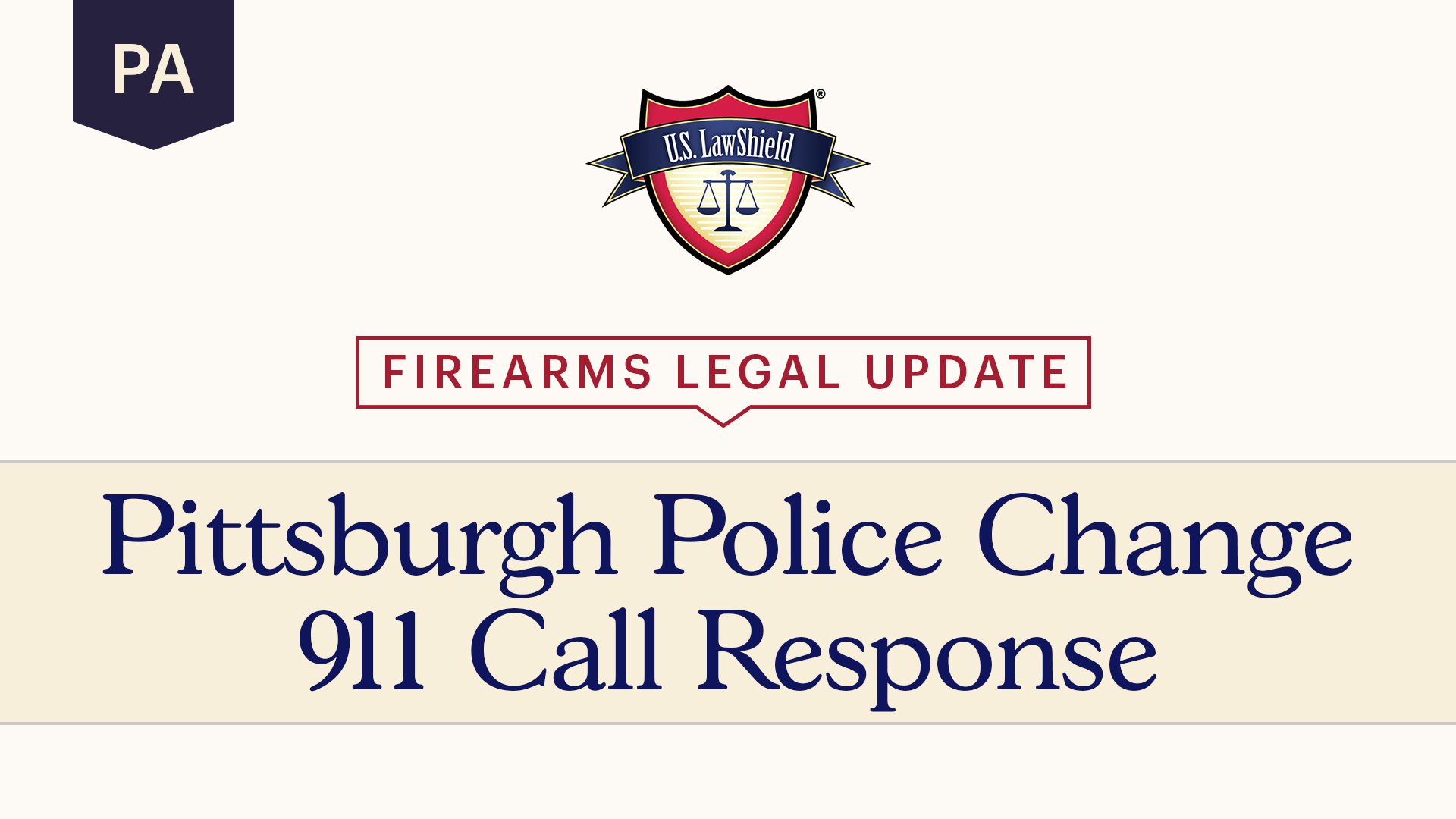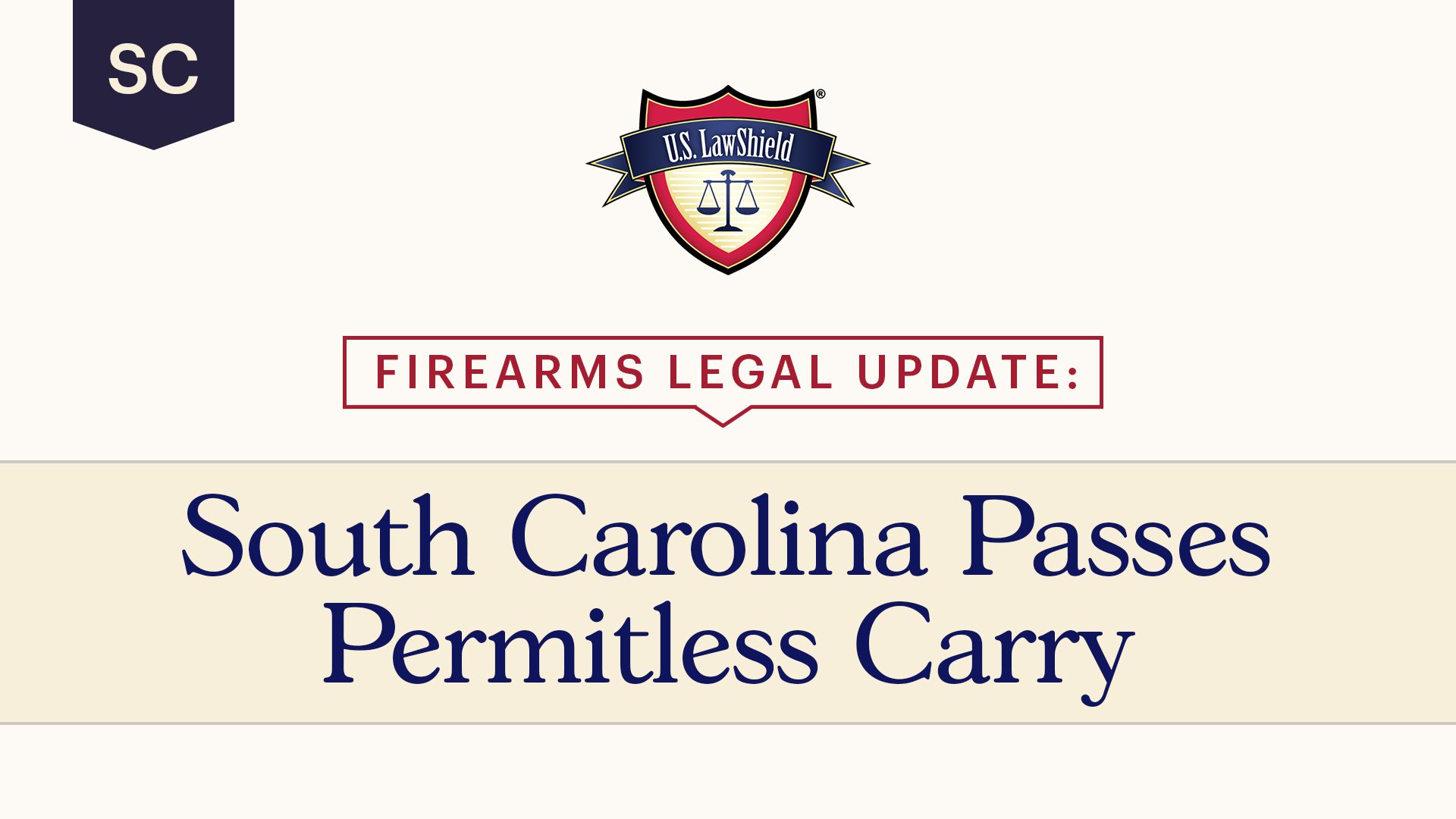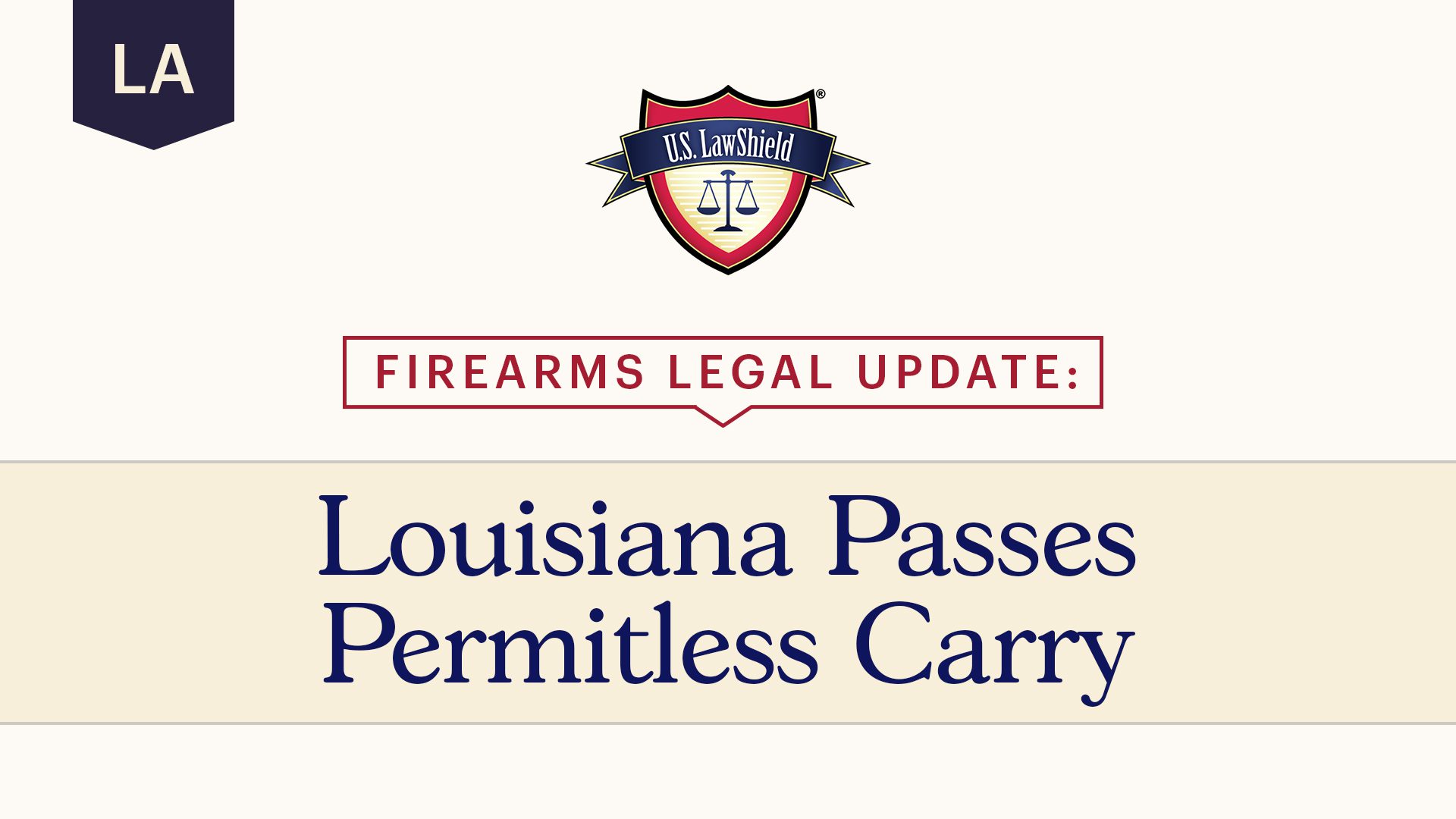Title 21 section 1364, entitled “Discharging firearm,” states that “every person who willfully discharges any pistol, rifle, shotgun, airgun or other weapon, or throws any other missile in any public place, or in any place where there is any person to be endangered thereby, although no injury to any person shall ensue, is guilty of a misdemeanor.”
From Self-Defense to Deadly Force
Warning shots are inherently dangerous because every person is responsible for every bullet that they shoot. If a bullet ricochets and strikes someone, causing injury, then the shooter could be liable criminally or civilly. Should the bullet hit the dirt, the flying debris, rocks, dirt, or metal particles could hit someone and cause an injury. The warning shot is intended to warn off someone but could easily morph into a deadly force situation such as: assault and battery with a dangerous weapon; assault and battery with a deadly weapon; shooting with intent to kill; or a variety of homicide.
Warning Shot ≠ Self-Defense
The warning shot unfortunately lacks the immediacy needed to be classified as self-defense. It is usually an initial aggressive response to a perceived threat of distant deadly force. The warning shot falls into the category of discharging a firearm, which is a crime, and because the perceived threat of deadly force is distant rather than immediate, the warning shot fails to qualify as self-defense.
Self-defense is a response to an immediate threat of grievous bodily injury or death. Warning shots are not authorized under the law of self-defense, and are keener to brandishing, which is another aggressive act not sanctioned as a self-defense option.
If a person discharges a gun, then that is an independent criminal act. It’s the same with brandishing. It is an independent criminal act: a threat and not a part of the law of self-defense.
Pointing A Firearm
As of 2017, pointing a firearm in self-defense became legal. The Oklahoma legislature sanctioned pointing a firearm in self-defense when a person is threatened with grievous bodily injury or death, or in response to criminal acts such as a robbery, mugging, carjacking, kidnapping, or other forcible felonies.
Use Verbal Judo
The best practice is to avoid the warning shot and instead rely on one’s voice to persuade someone to go away. Use verbal judo to de-escalate a situation before it spirals out of control. However, if the situation merits deadly force, be prepared to use deadly force.
If you have any other questions about warning shots, please contact U.S. LawShield and ask to speak to your Independent Program Attorney.





Leave A Comment